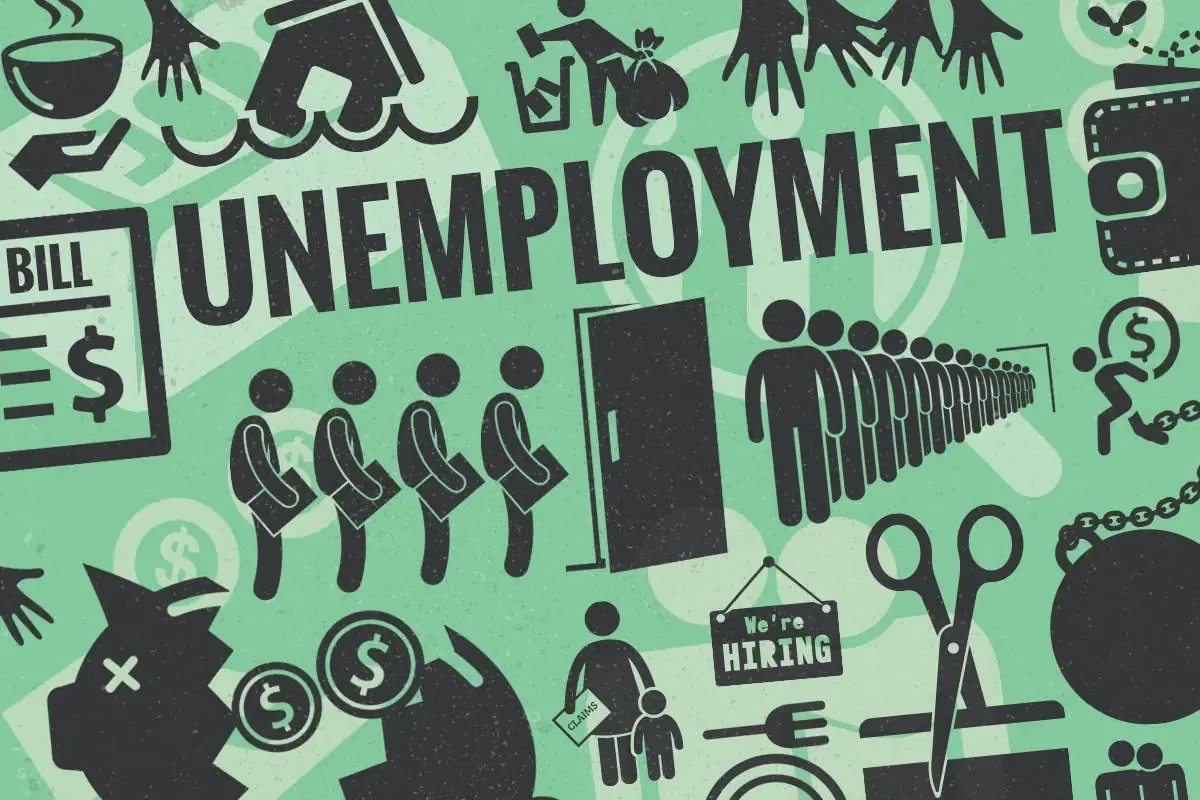The International Labour Organization reports that young individuals in India who have completed more education have a greater unemployment rate than those who have not completed any education.
According to a recent ILO assessment on India's labor market, the unemployment rate for graduates was 29.1%, about nine times greater than the 3.4% rate for people who are illiterate. Young people with a secondary or higher education had an unemployment rate of 18.4%, which was six times higher.
"Unemployment in India was predominantly a problem among youths, especially youths with a secondary level of education or higher, and it intensified over time," according to the ILO.
The data points to a stark discrepancy between the labor force's skill set and the jobs that are being produced in the market. It also confirms the cautions of prominent economists, such as former governor of the Reserve Bank of India Raghuram Rajan, that India's low educational attainment may eventually hurt the country's economic prospects.
"Youth unemployment rates in India are now higher than the global levels," according to the ILO. "The Indian economy has not been able to create enough remunerative jobs in the non-farm sectors for new educated youth labor force entrants, which is reflected in the high and increasing unemployment rate."
In China, the rate of unemployment among youth (16–24 years old) increased to 15.3% in the first two months of the year, about three times higher than the rate for urban residents (5.3%).
During the period of 2000 to 2022, the percentage of young Indians without jobs (those aged 15-29) decreased to 88.6%, while the percentage of educated youth increased to 65.7% from 54.2%. These figures are based on ILO data.
Women are disproportionately affected. The statistics indicate that they made up 76.7% of the young people without jobs who were educated, compared to 62.2% of men. Additionally, there was more unemployment in urban than rural areas.
According to the ILO, India has one of the lowest percentages of female labor force participation in the world, at roughly 25%. It stated that following a "significant increase" in subsistence work, the rate improved during the pandemic.
The rise in so-called gig jobs, or transient, low-paying jobs like food delivery drivers, was another concern raised by the research. According to the ILO, digital platforms have made it harder to distinguish between self-employed people and employees, posing new risks to workers' health and working conditions.
The Matka is a site that assists you with getting finance info online from the internet. You will get information related to Share Price, Latest Jobs, Education, Money, Business News, Finance, Trading, Investing News, Marketing News and many more.

